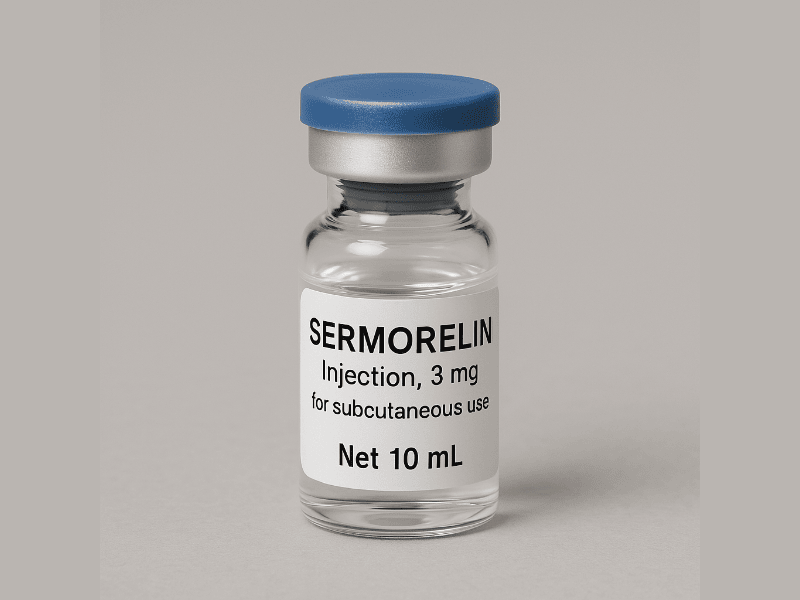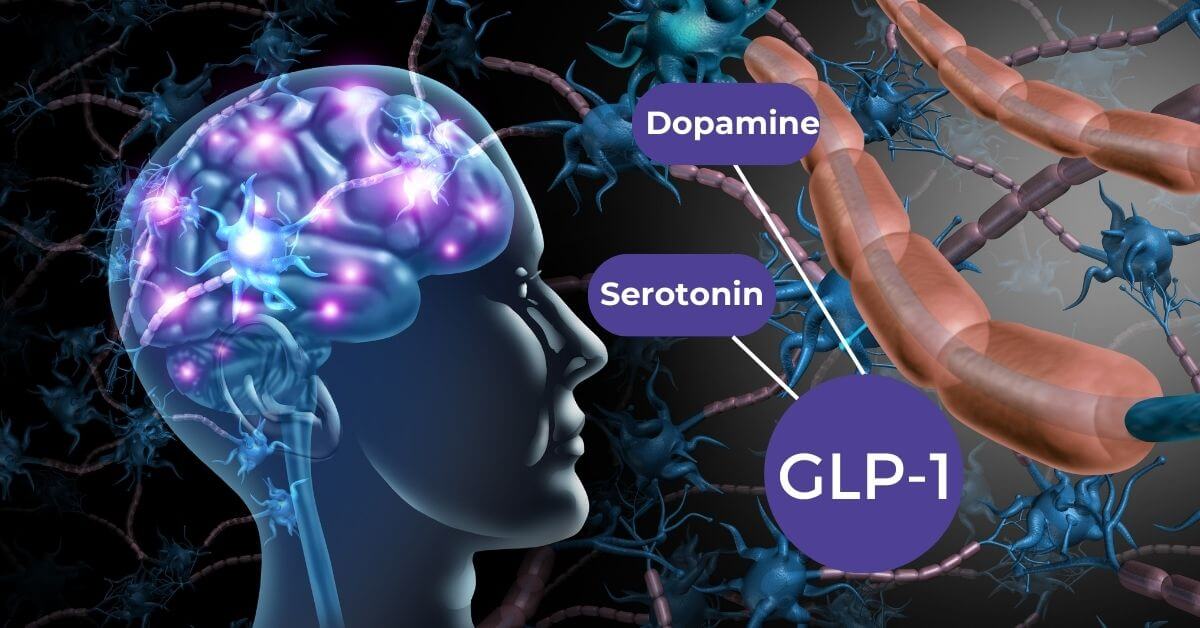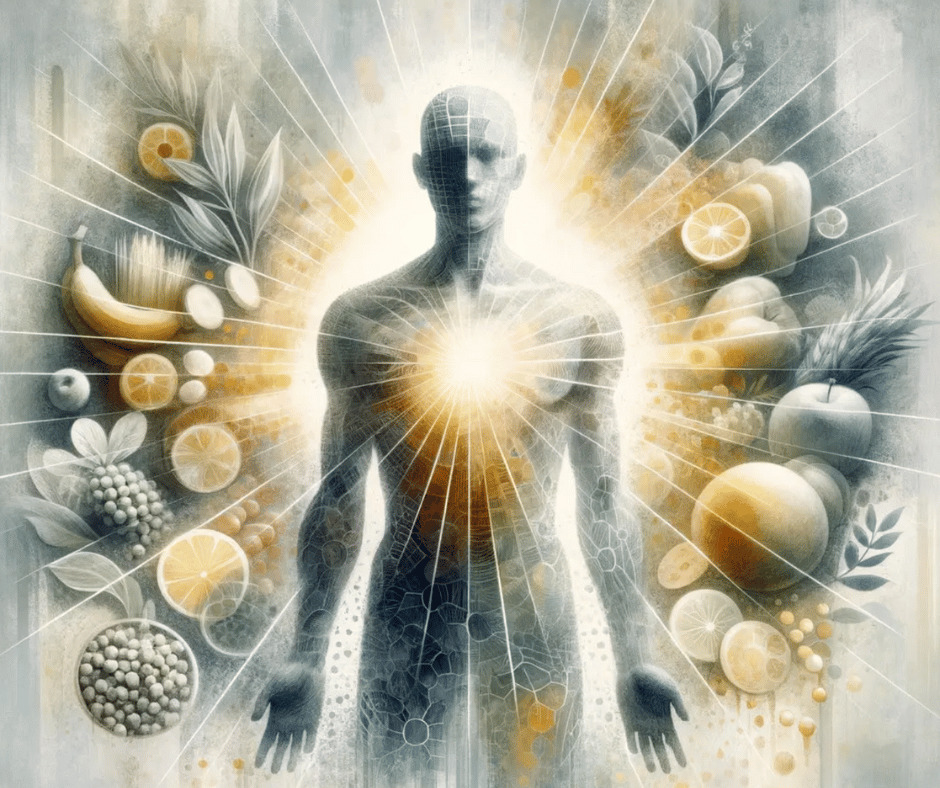Covid-19 is caused by SARS-C0V-2 (Severe acute respiratory distress syndrome) and has resulted in a global pandemic resulting in more than half of a billion population affected worldwide up till now at the time of writing this article. It is important to understand the mechanism of Coronavirus infection to effectively correlates the drugs such as Low dose naltrexone (LDN) in relieving its infectivity. Coronavirus entry into the host cells depends on the surface glycoprotein as it enters the cells via interaction of its Receptor Binding Domain (RBD) with a receptor on the host cell called Angiotensin Converting Enzyme-2 (ACE2). A pro-inflammatory cytokines storm is induced by the SARS-CoV-2 infection which results in major damage to the body organs especially lung tissues causing respiratory failure in COVID-19 patients. This is induced by the phosphorylation of ERK1/2 which enhance viral entry into host cells and its infectivity.
To inhibit viral entry into cells, it is crucial to stop the mechanisms by which Coronavirus induces its infectivity either by blocking the binding of spike proteins to ACE2 receptors or ERK1/2 phosphorylation and reducing the cytokine storm.
Naltrexone, a non-peptide antagonist of opioids appro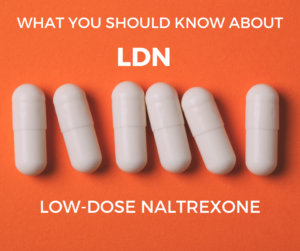 ved by the FDA suppresses the pro-inflammatory cytokine storm and reduces organ damage in Coronavirus infection. Similarly, a low dose of naltrexone is effective in blocking ERK1/2 phosphorylation as well as disrupting the interaction between ACE2 receptor and receptor-binding domain (RBD) of coronavirus. Therefore, low-dose naltrexone is considered among the treatment options for Covid-19 infection or as an adjuvant therapy with other medications to relieve the long-term symptoms.
ved by the FDA suppresses the pro-inflammatory cytokine storm and reduces organ damage in Coronavirus infection. Similarly, a low dose of naltrexone is effective in blocking ERK1/2 phosphorylation as well as disrupting the interaction between ACE2 receptor and receptor-binding domain (RBD) of coronavirus. Therefore, low-dose naltrexone is considered among the treatment options for Covid-19 infection or as an adjuvant therapy with other medications to relieve the long-term symptoms.
INTRO TO COVID-19 LONG HAULERS:
It is not uncommon to have long-lasting symptoms after a viral infection. These long-term post-viral symptoms have been seen in the past with SARS CoV-1 in the early 2000s and the Ebola virus. These symptoms persist in people long after they have recovered from the viral infection. For most people, mild to moderated covid-19 lasts for about two weeks. While long haulers continue to experience symptoms after initial infection. In such patients, there is no active virus in the body and would test negative for the coronavirus but are severely debilitated due to lingering health problems. In the case of Covid-19, long haulers are grouped into two categories. The first one includes the patients in which coronavirus causes permanent deterioration of body organs such as lungs, kidneys, heart, liver, intestine, and brain. While the second category of patients includes those in which coronavirus causes no detectable organ damage, however, they continue to experience debilitating symptoms such as fatigue, intermittent fever, muscle aches, joint pain, chest pain, headache, andgastrointestinal disturbances, difficulty concentrating, and their ability to function.
Etiology of Long-Hauler set of symptoms:
The etiology of long-term symptoms caused by coronavirus is multifactorial including overactive immune-inflammatory response, systemic inflammation, clotting disorders, and direct deterioration of bodily organs caused by viral entry and replication into the cells. Covid-19 weakens the immune system of the body in some percentage of people who recovered from acute infection. Many people show symptoms similar to chronic fatigue syndrome which is caused by autoimmunity and chronic inflammation. Autoimmunity is the process where a part of the body organ or cells is mistakenly considered foreign invaders and the immune system acts to destroy and eradicate them. In covid-19, autoimmunity and chronic inflammation are the major cause of long-haul symptoms.
TREATMENT AND PREVENTION OF LONG COVID SYMPTOMS:
There are limited therapeutic options for severe infection caused by coronavirus. However, in mild to moderate cases, the immunomodulatory agents are of great help which target the cytokine storm and relieve hyperinflammatory symptoms. Among the immunomodulatory therapy options, corticosteroids are the most commonly prescribed agents but their continued use may result in immune suppression. This may result in the slow eradication of viral load from the body. Tocilizumab, an inhibitor of interleukin-6 is also recommended in severe cases however, clinical experience is lacking and high cost and safety factors are the hindrances to tocilizumab as a treatment option for covid-19. So, there is an urgent need to develop a new treatment option for covid-19 keeping in view its availability and affordability.
LDN and its role in post-covid symptoms:
Naltrexone is an FDA-approved drug used in the USA for the treatment of opioid addiction. It is an antagonist of opiate/endorphins receptors and also acts as an immune modulator. Thedose of naltrexone used for long haulers is much smaller than what is prescribed for the treatment of opioid addiction. Low dose naltrexone has analgesic effects therefore may be beneficial in reducing the chronic inflammation in patients experiencing post covid symptoms. When given at a low dose, naltrexone also blocks the non-opioid receptors such as Toll-like receptor-4 (TLR-4) and significantly reduces the pro-inflammatory cytokines which are essential in reducing post covid inflammatory symptoms.
Low dose naltrexone increases the Opioid Growth Factor (OGF) level in the body. OGF is an endorphin involved in cell growth and immunity thus LDN effectively repairs the cell’s damage by viral replication and improves the immune status in post-covid patients.
Similarly, Low dose naltrexone is also used for relieving chronic inflammations and pain associated with chronic diseases such as Crohn’s disease, multiple sclerosis, fibromyalgia, and connective tissue disorders. LDN acts as an anti-inflammatory agent at the level of the central nervous system thus helpful in eradicating post-covid symptoms. It works by blocking the proliferation of B and T-cells and toll-like receptors-4 which reduces the production of multiple cytokines such as interleukin-6.
HOW DOES LDN WORK IN RELIEVING POST-COVID SYMPTOMS?
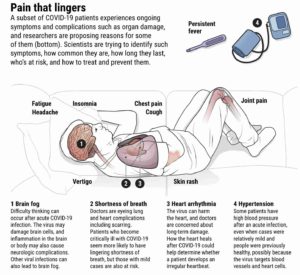
Low dose naltrexone works by binding the opioid receptors on the surface of host cells and displacing the naturally producing opioid growth factor which results in deficiency of OGF in affected cells. Due to this receptor binding mechanism, the sensitivity of receptors increases, and more OGF is being synthesized to meet the cell demands. As the effects of Naltrexone diminishes after 4-6 hours, more OGF is released in the body which enhances immunity, promotes growth and healing, and reduces inflammation thus helpful for the management of post-covid symptoms. This effect is only possible by utilizing the low-dose naltrexone which cannot be obtained by a higher dose.
LDN diminishes cytokines storm in post-Covid patients:
Cytokine storm is one of the main causes of morbidity and mortality in covid-19 patients and it can be reduced by a low dose of Naltrexone. High levels of Cytokines such as interleukin-6 from macrophage cells and adipose tissue macrophages are suppressed by low dose naltrexone. Similarly, phosphorylation of ERK1 and ERK2 is reduced by low-dose naltrexone which helps to diminish the viral replication. As a result, viral load is decreased in the body which reduces the infectivity of the virion and post-covid symptoms as well as prevents organ damage.
Why low dose?
Naltrexone is given at a dose 1/10th of the typical dose prescribed for opioid addiction and is approximately 4.5mg however the dose can vary a few milligrams from this value. Naltrexone exhibits paradoxical properties at low doses such as it reduce inflammation and providing an analgesic effect. Anti-inflammatory properties of Naltrexone are utilized to reduce the symptoms in post covid patients.
Advantages of LDN
Low dose naltrexone has several benefits which signify its role in the management of long-term covid-19 symptoms. LDN is inexpensive and has few side effects or is mild in some patients. A minority of patients report nightmares and vivid dreams. Although naltrexone is an antagonist of opioids and is used as a treatment for addictions, no euphoric effect is observed and thus has no potential for abuse.
Contact Text2MD today to learn more about our mobile health care services.
References:
[1] COVID-19 LONG HAULERS (pensummed.pro)
[2] Naltrexone a potential therapeutic candidate for COVID-19 – PMC (nih.gov)
[5] https://health.ucdavis.edu/coronavirus/covid-19-information/covid-19-long-haulers


